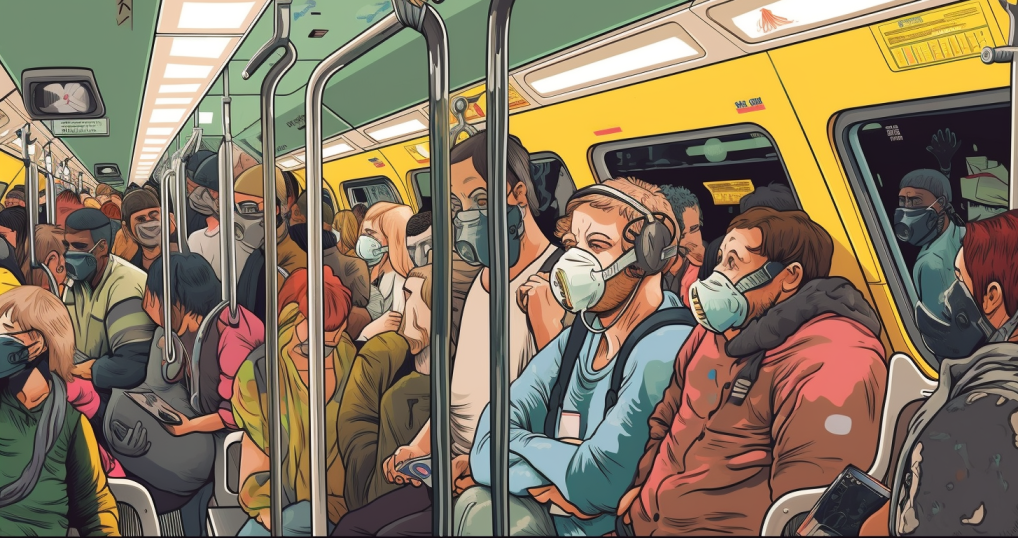Hello Dandenong. Defiant Dandenong, look at you, how you’ve grown. I remember you, but not like this. Dandenong you are like a council of nations. Here in this intricate city is an Ark, as if from the bible, representatives of every breed, clan or culture are assembled here, a gathering has taken place, Moses would be pleased. But what did this city know of the bewildering displacement, the loss of art and cultivation, the self-expression or the needs of the people of the world? Or how to welcome their tentative steps towards a cautious resettlement, in an often hostile terrain?
What is the purpose of the shelter, the vessel, the shield you have made here? The purpose is a very human one: to allow people to represent and to reproduce themselves, and their lives; to find passage to future generations, to stretch their allotted time and space on this ground, to leave a sea of turmoil. Like those animals in the Ark, people seek, if not deliverance from a place of evil, then a place to stay and to be, the way a creature needs a habitat.
The people of the well-named “Greater Dandenong” recognised as an opportunity, other’s need to find a resolution to the search, a nest, a home, a full stop. With them, they also knew those exotic people would bring their freight of ancestry, their knowledge, their joke-bags, their grievance and losses, fears and expectations.
Their great enterprise will be to flourish, but also to pass on an indefinable essence, to pass it on, and to pass it on. Like the game Pass The Parcel: here is my gift, it may get smaller, but keep it, please keep it.
I’m picturing Dandenong, twenty years from now. Take yourself there now, on a little mental voyage. You may discover, that for the first time in a long while, white people, and certainly white females like me, even with the price of a ticket, can no longer travel to more than a quarter of the world’s surface, it’s prohibited or at least risky. White people are astonished, they have been the ones fussing over, visas, tickets and border control. We, no longer rule the world. we start to experience ostracism, mistrust and boundaries, like those immigrants only a generation ago.
The travel Industry has not shut down, a vast commercial machine like that won’t rest or die, it will simply restrict or invent our horizons in a manner that suits its business model. They are already doing it. Travel is re-focussing, its offering has changed. In the ’70s the idea was to experience otherness, other cultures, other vistas. Nowadays its imperative to experience more about YOU. You, trekking, you on a mountain. you, snorkelling, you chilling on a beach, any beach. You taking a short trip around Europe within the sanitary and speedy confines of an ersatz Las Vegas: Disneyland for grown-ups, time-poor and afraid of anything but the highlights…
Some of you and some of these artists will remain here in Dandenong. Most of you will possess far more than highlights, you will have the fine grain, the memory, the advice of your former politics and parents. You will have a culture that is not thin, not dilute, but strengthened by its hybridity. Dandenong will be well known for its cultural curiosity and learning.
The artists in this show have something in common, mostly their otherness. In the future, artists like Valamanesh will not have such close, direct insight into Islamic Art and its cosmic gaze, but they’ll have this artist to guide them so the past won’t be so misunderstood. I’ve followed this artist for a while, admiring his cool austerity and wit.
I also know and have desired artworks by Guan Wei, also witty, with an outsider’s idiosyncratic eye in relation to Australia.
Rhubaba Haider’s work spoke immediately to me of her feminine Hazara heritage. She has morphed that knowledge into something strong yet fragile and contemporary, and philosophical. Whilst retaining a great deal of a typical Hazara woman’s discipline and personal restraint.
Khaled Sabsabi‘s work turns like a Dervish on Sufi themes, that strange metaphysical branch of Islam which is becoming endangered. Thank you Khaled for preserving it.
Gosia Wlodarczak’s unsettled lines following and chasing life, restless and unfixable, charting her relationship to objects. She makes a cartographic record over time and space.
Kosar Majani’s work is highly symbolic and resonant. It speaks of unrelenting rituals and repetitions that we’ve never known or encountered, in our young country.
20 years from now we may find ourselves grateful that Greater Dandenong ignored the “Team Australia” slogans of some of the worst leadership known in this country. That Prime Minister tried to frighten us about the living and cultural aspirations of others, demanding to know whose side we were on, challenging us to mistrust foreigners or the unfamiliar.
Fortunately, we barely remember that Prime Minister, he left no relics or artefacts. Unlike these artists who will again join us in a gathering just like this to fill this once slight and shallow space with all our lives, heredity, children, art, adventures and exploration on the vast subject of US and WE. Not THEM or THEY.
Thank you Dandenong, dear Dandenong: you are the Ark. Pass it on, pass it on.












